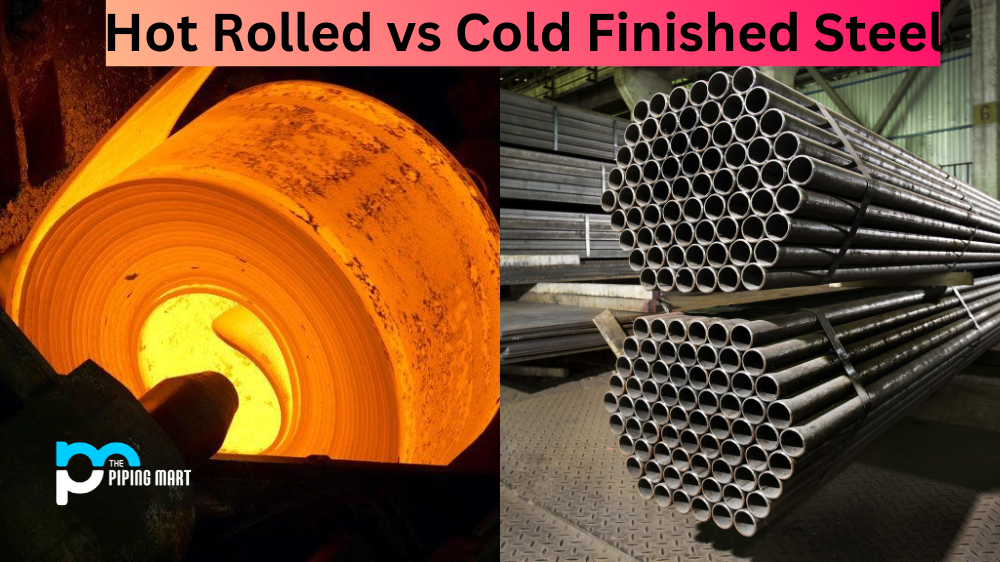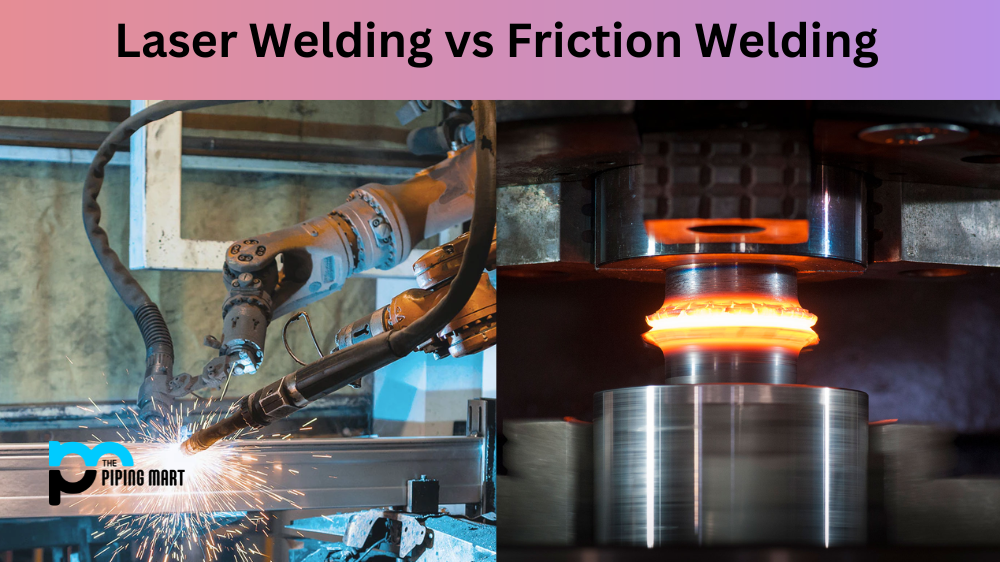Whether you’re in the steel industry or simply a hobbyist, it’s essential to know the difference between hot-rolled and cold-finished steel. In this blog post, we’ll take a look at the main differences between these two types of steel. Here’s what you need to know when deciding between hot-rolled and cold-finished steel.
Hot Rolled Steel
Hot-rolled steel is a type of steel that is formed by rolling the metal at very high temperatures (above 1700 degrees Fahrenheit). This helps make hot-rolled steel malleable and easy to shape into various products. It also helps reduce costs because it can be done quickly and with minimal effort. Hot-rolled steel is especially useful for producing large components such as beams, columns, girders, and pipes because it can be formed into shapes quickly without having to worry about shrinkage or warping. Additionally, hot-rolled steel is relatively inexpensive compared to cold-finished steel because it does not require additional time or effort to form.
Cold Finished Steel
Cold-finished steel is a type of steel that has been treated with heat after being formed into its final shape. This allows for greater precision in terms of size, weight, and shape compared to hot-rolled steel. The process also increases the strength of the metal, which makes it more durable than hot-rolled steel. Additionally, cold-finished steel has greater surface integrity which makes it easier to work with when welding or machining parts from it. The only downside is that due to its higher strength properties, cold-finished steel generally costs more than hot-rolled materials since more materials must be used in order to achieve similar results.
Difference Between Hot Rolled and Cold Finished Steel
- Hot rolled steel is steel that has been rolled pressed at very high temperatures, typically over 1,700˚F. This makes the steel easier to work with and results in a product that is easier to weld and has a lower carbon content.
- Cold-finished steel is steel that has been rolled and pressed at lower temperatures, typically below 1,700˚F. This makes the steel more difficult to work with but results in a product that is harder and has a higher carbon content.
- Hot-rolled steel is typically used for applications where dimensional accuracy is not as important, such as in construction or mining. Cold-finished steel is typically used for applications where dimensional accuracy is critical, such as in the automotive or aerospace industries.
- Hot-rolled steel is available in a variety of shapes, including flat sheets, coils, plates, rounds, and bars. Cold-finished steel is also available in a variety of shapes, including flat sheets, coils, plates, rounds, and hexagons.
- Hot rolled steel can be purchased in standard sizes, or it can be custom ordered to meet the specific needs of the customer. Cold-finished steel is also available in standard sizes, or it can be custom ordered to meet the specific needs of the customer.
- The price of hot rolled steel varies depending on the type of steel, the size and thickness of the steel, and the quantity purchased. The price of cold-finished steel also varies depending on the type of steel, the size and thickness of the steel, and the quantity purchased.
Conclusion:
When deciding which type of steel you should use for your project or application, consider your budget and how much precision you need in terms of size, weight and shape. Hot rolled material may be more affordable but lacks accuracy, while cold finished material will cost more but offers greater precision in terms of measurements. Ultimately, choosing between hot rolled and cold finished depends on what kind of product you are making and how much accuracy you need in terms of measurements, strength, durability and surface integrity. No matter what type you choose, though, both have applications where they are most suitable, so make sure you understand them both before making any decisions!

Abhishek is a seasoned blogger and industry expert, sharing his insights and knowledge on various topics. With his research, Abhishek offers valuable insights and tips for professionals and enthusiasts. Follow him for expert advice on the latest trends and developments in the metal industry.




